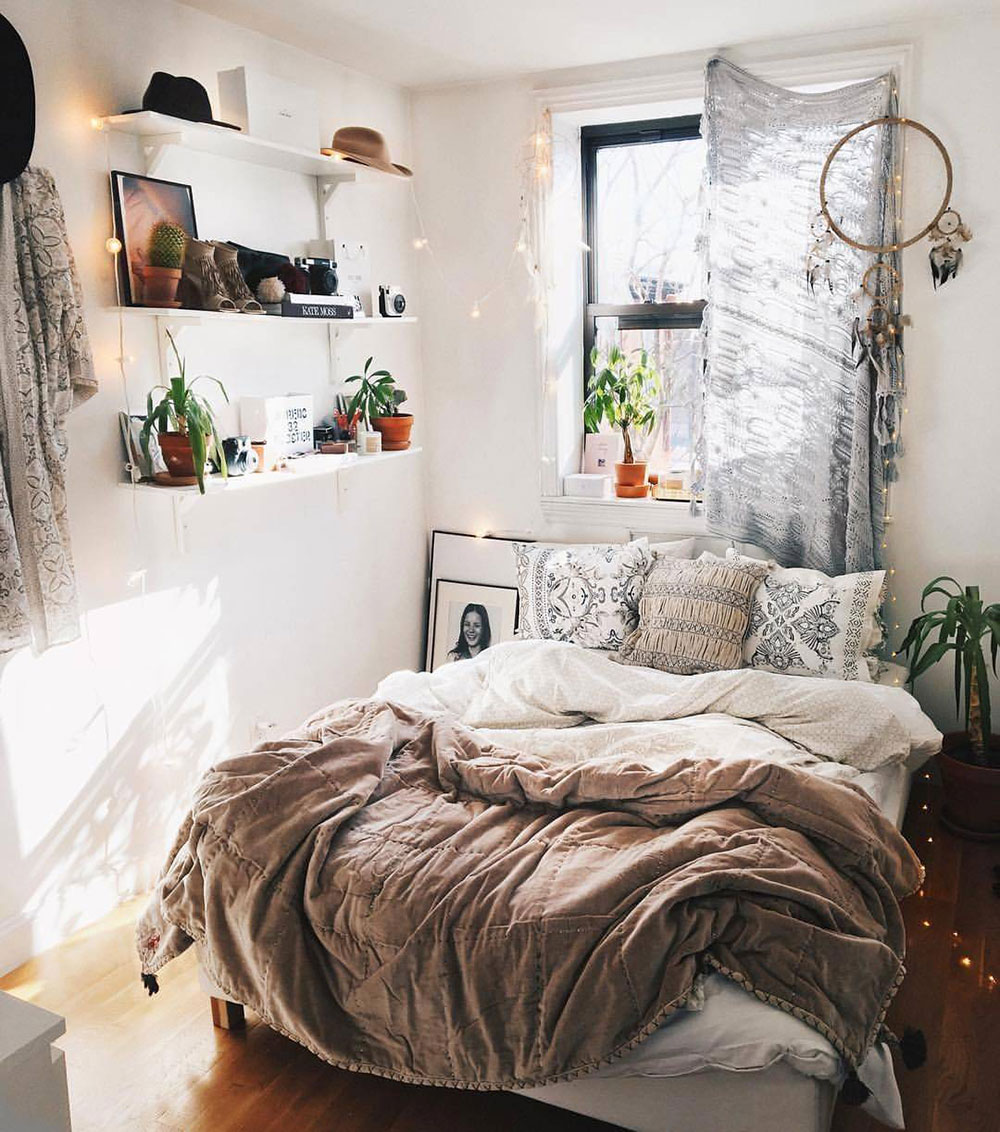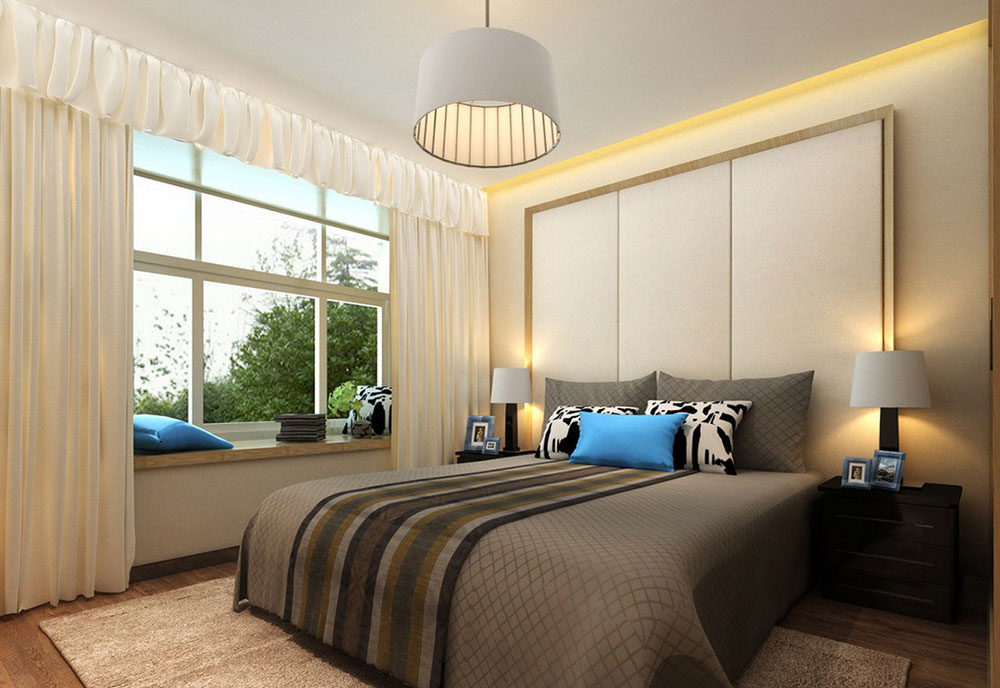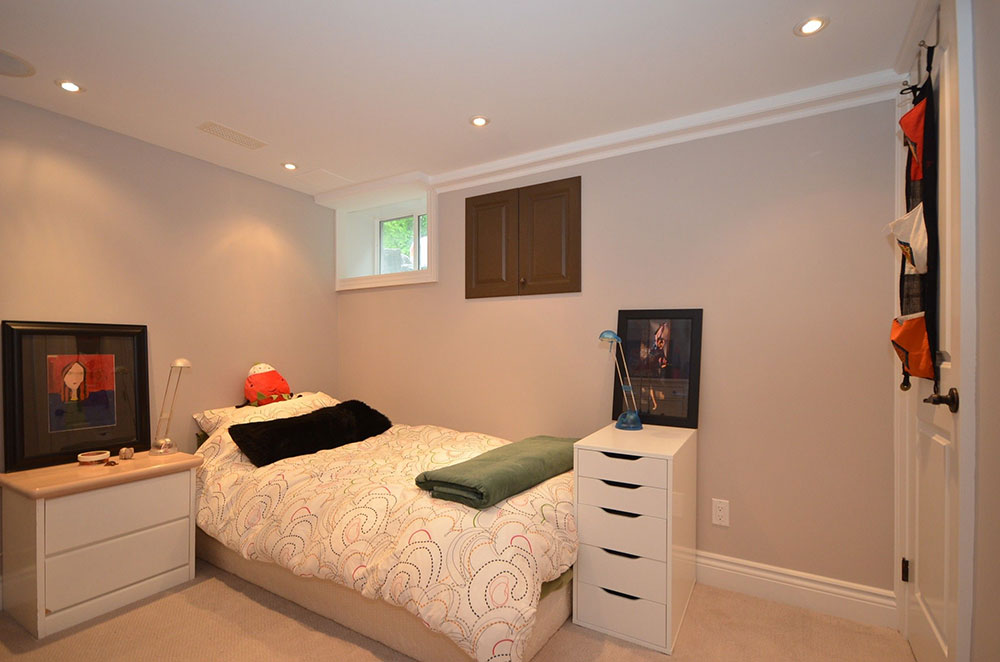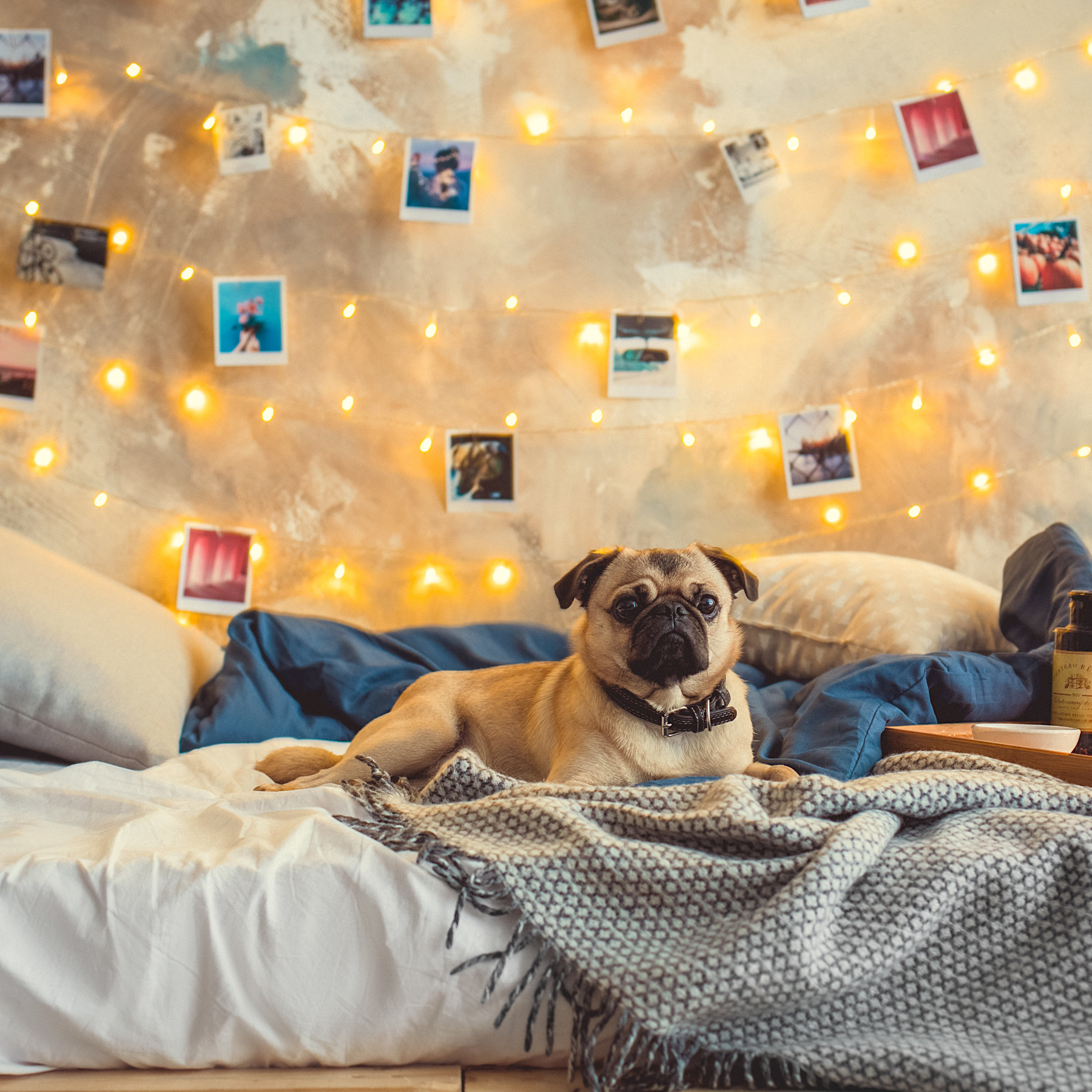Designing a small space is often more difficult. You can’t just add furniture and items to the room as it doesn’t take much to make the room look cluttered. The wrong elements can also badly change the ambience of the room.
However, these challenges certainly make designing a small space more exciting. There are still so many things you can do to use the available space and create the perfect ambience for the room. Lighting is a handy tool, and in this article we’re going to talk about how you can use lighting effectively.
The illusion of height

One way to make a small room seem bigger is to make it look bigger than it really is. Lighting can really help in this department. Adding a long pendant lamp is an easy way to create the illusion of height. You can go through the Pagazzi lighting website to find the perfect pendant light based on the actual height of the room.
Another way to create the same illusion is to add covert lighting to the ceiling crown molding. Make sure the lighting is hidden as an open light is too harsh for a small room. This trick also creates extra depth which works well for small spaces.
Take a look at your lighting positions

The last thing you want to do when lighting a small room is to rely on a light source. It can be a good idea to bring a light to the center of the room. In a small room, this one light source is more than sufficient to provide adequate lighting. However, the light you get will also be collected in the center of the room.
You want additional light sources that are distributed around the room for even lighting. Adding a floor lamp in one corner and table lamps above the cabinets add the extra light sources needed to illuminate the room more evenly. Several light sources distribute the focus and create the right mood.
Try different colors

Don’t forget that the lampshades you use will affect the way your lights behave. A daylight lamp that shines through a yellow hue will still produce a warm, yellow light. If you add a warm light bulb to the same shade of yellow, the effect will be further multiplied.
The color of your light changes the general ambience of the room. Warmer lighting gives the small room a pleasant mood, but it may not be suitable for work or study. The more neutral daylight lamps are universal, but you still have the option of using lampshades and other treatments to create different effects.
Limit the intensity

You want to be careful with the intensity of the lights that you add to the small space. Adding multiple high power LED lights to a small room with white walls is not something you want to try. You will find that the end result is too intense for everyday use.
When using multiple light sources, adjust the intensity of each light source to keep the room comfortable. For example, a table lamp must never overwhelm the main light source in the room. You can reflect light or place the light source behind a shadow to further reduce the intensity if necessary.
Bounce the light
If you have a small room, painting the ceiling white is a good thing. With a white ceiling, you have the option to reflect a light – usually from a floor lamp – and use the direction of the light to make the room appear larger.
Similar to the previous tips, bouncing the light is a simple thing that you can do very easily. Control the direction of your lights and add depth to the room – and the illusion of space.
 Flower Love
Flower Love
